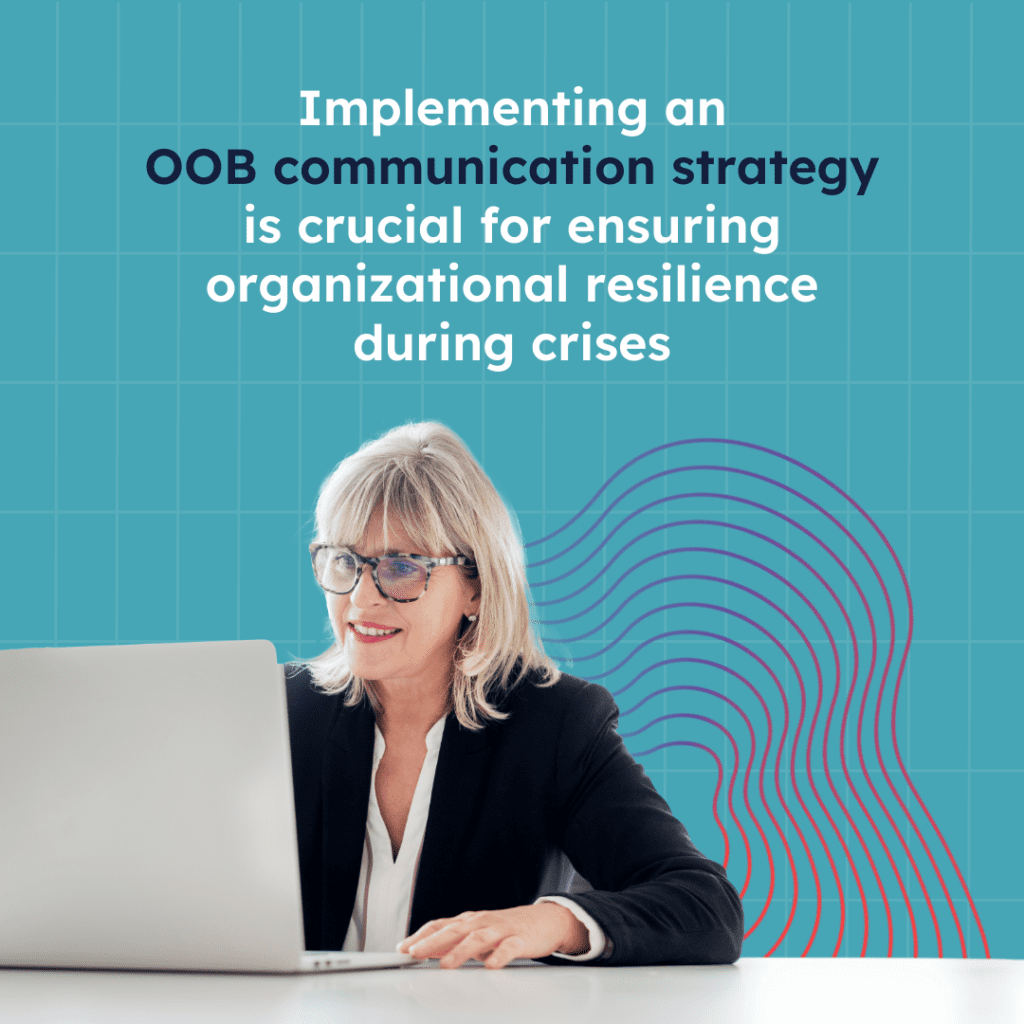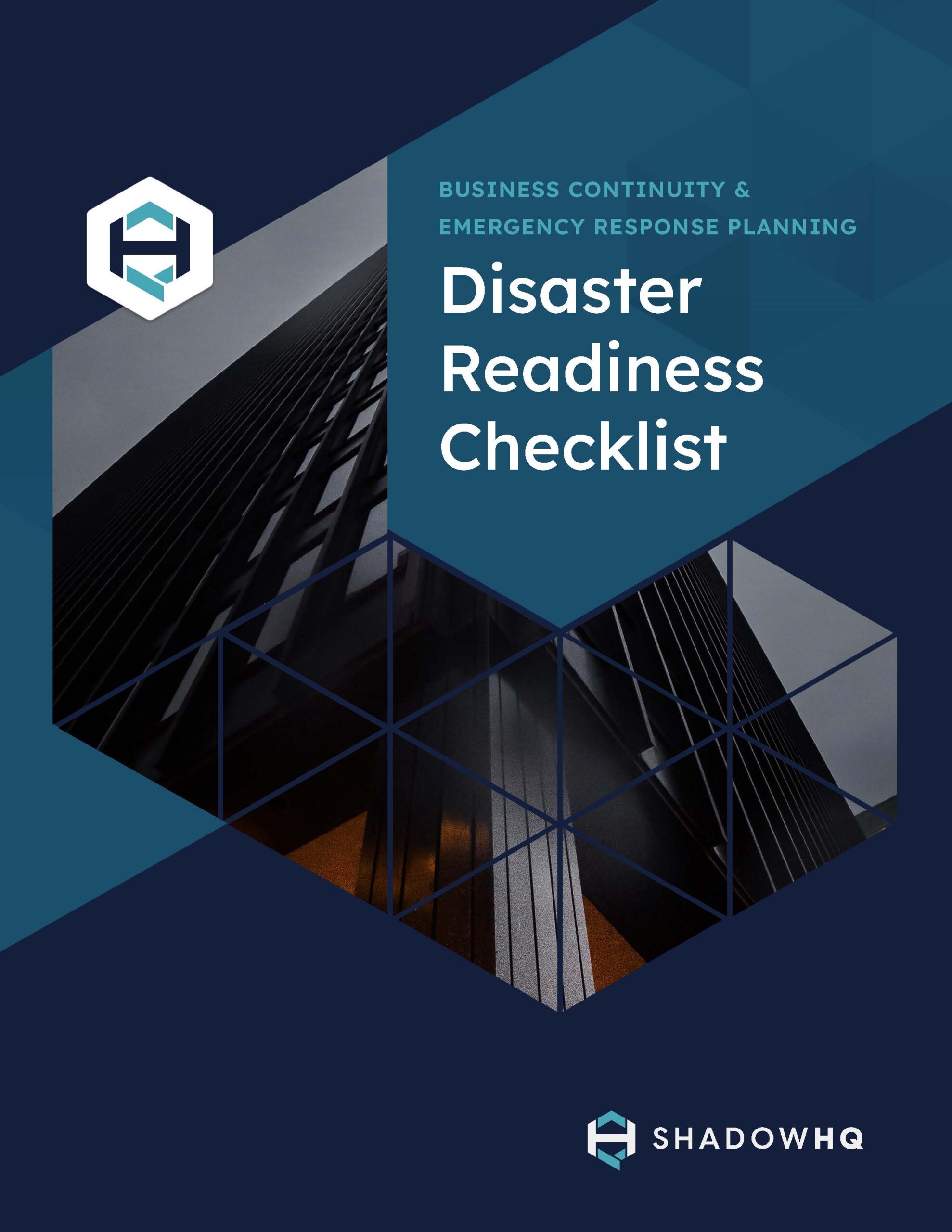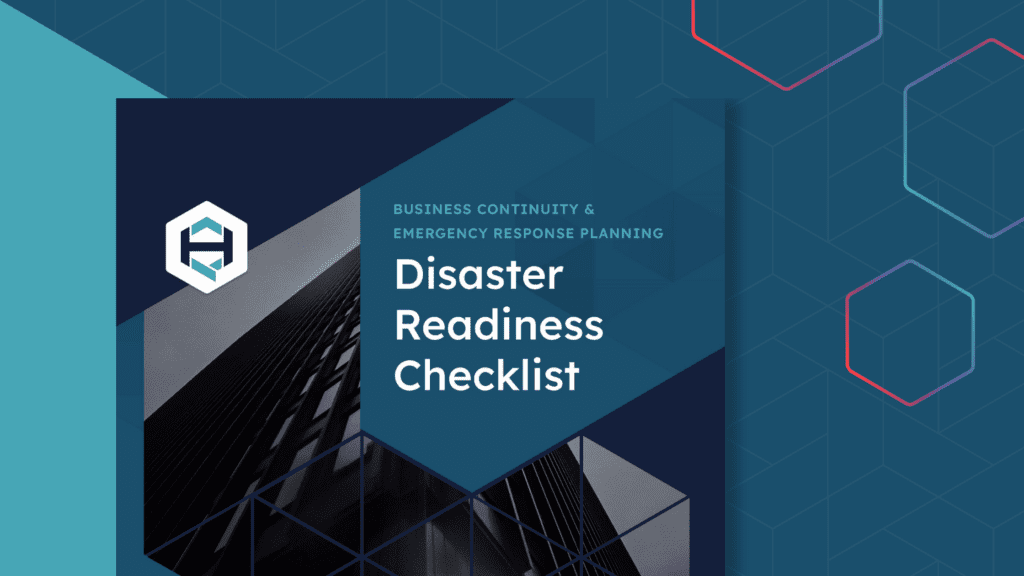What is Out-of-Band Crisis Management?
In our modern, hyper-connected world, digital communication that supports our daily lives and business operations is always at risk of being disrupted by the unexpected. Natural disasters, cyber-attacks, and other unforeseen crises loom as constant threats, capable of severing the critical communication lifelines businesses depend upon.
When these primary channels are thrown offline, the consequences can range from minor disruptions to catastrophic failures, leaving organizations vulnerable and urgently needing alternatives.
Against this backdrop of potential chaos, out-of-band (OOB) crisis management emerges as a strategy and a necessity for ensuring continuity and resilience. By stepping outside the daily communication channels, OOB provides a reliable fallback option that remains unaffected by the vulnerabilities that might disrupt networks used for daily operations. A key component of OOB management is the use of a network connection that is distinct from the in-band network connection, designed to prevent unauthorized access and ensure secure management of critical network devices.
We’ll explore the crucial role of OOB crisis management and offer insights into how it can safeguard organizations against the unpredictable, ensuring they remain connected and operational even in the most challenging circumstances.
Definition and Purpose
Out-of-Band Crisis Management is a strategic approach designed to ensure business continuity and resilience when primary communication channels are disrupted. This method involves establishing separate communication channels that operate independently from the primary network. By doing so, organizations can maintain connectivity and continue operations even when traditional communication channels are compromised. The primary purpose of Out-of-Band Crisis Management is to provide a reliable fallback option that remains unaffected by the vulnerabilities that might disrupt networks used for daily operations. This approach is crucial for safeguarding against unexpected disruptions, ensuring that businesses can swiftly respond to crises and maintain operational stability.

What is Out-of-Band Communication?
Out-of-band communication operates outside the primary communication framework and connected company systems, providing an alternative communication method when standard channels fail.
Unlike in-band management, which allows for administration through the corporate LAN and requires managed systems to be powered on and accessible through their operating system, OOB communication utilizes distinct, separate pathways to avoid the pitfalls of network outages or cyber incursions. Examples of OOB channels include:
- Satellite phones
- Dedicated radio systems
- Physical couriers
- Personal mobile devices
- Off-site communication services
The Role of Out-of-Band Communication in Crisis Management
The utility of OOB communication in crisis scenarios is ensuring uninterrupted dialogue between key stakeholders, enabling prompt and effective decision-making.
In disaster recovery and business continuity planning, deploying OOB communication systems is a testament to an organization’s resilience. This strategy ensures that disaster recovery teams can remain in contact, even when primary networks are compromised. A quick overview of the strengths of an OOB crisis management approach:
-
Reliability: OOB communication remains operable during network outages, safeguarding against communication blackouts due to cyber attacks, natural disasters, or other causes.
-
Security: By circumventing the primary network, OOB communication minimizes the risk of interception and cyber-attacks. You won’t risk letting the attackers know your next move.
-
Efficiency: OOB communications methods facilitate rapid dissemination of critical information, enabling faster response times during crises. When the business cannot operate, every second you save by recovering faster is highly valuable.
Benefits and Advantages
Out-of-Band Crisis Management offers a multitude of benefits and advantages that are essential for modern organizations. Firstly, it ensures business continuity and resilience by providing a reliable fallback option for communication and operations during disruptions. This significantly reduces the risk of downtime and data loss, which can be detrimental to any business. Additionally, OOB Crisis Management enhances incident response and crisis management capabilities, allowing for quicker and more effective responses to emergencies. It also improves communication and collaboration among network administrators and stakeholders, ensuring that everyone is on the same page during a crisis. Furthermore, OOB solutions support remote access and management of network infrastructure and devices, which is particularly valuable in reducing the need for on-site visits and improving response times. Overall, the implementation of OOB Crisis Management is a strategic investment that bolsters an organization’s ability to navigate and recover from unexpected disruptions.
Implementing Out-of-Band Crisis Management for Business Continuity
Implementing Out-of-Band (OOB) crisis management is a multifaceted process that requires careful planning and execution. The process begins with a clear assessment of needs and capabilities, progresses through the development of a comprehensive communication plan, and culminates in the training and awareness of the staff.
Let’s explore each of these critical steps in detail:
-
Assess needs and risks: Conduct a detailed assessment of your organization’s communication needs and potential risks. Identify scenarios where standard communication might fail, and OOB communication becomes critical. Then, begin evaluating different technologies and vendors.
-
Develop an OOB communication plan: Develop a comprehensive OOB communication plan. This plan should detail the selection of tools and technologies, their integration with existing systems, and alignment with the broader crisis management strategy.
-
Consider legal and regulatory compliance: Ensure your OOB communication plan complies with all relevant legal and regulatory requirements. This step is crucial for avoiding legal pitfalls and ensuring the integrity of your communication strategy.
-
Training and awareness: Conduct thorough training sessions on OOB communication tools and protocols for all staff members, focusing on those involved with crisis management. Regularly update the training materials and sessions to include new information and technologies.
-
Drills and simulation exercises: Regularly conduct drills and simulation exercises like tabletops to test the effectiveness of the OOB communication plan. Use these exercises to identify any weaknesses or areas for improvement in the strategy.
-
Integration with crisis management plans: Ensure the OOB communication plan fully integrates with your organization’s overall crisis management and business continuity plans, and incident response playbooks. This integration ensures a cohesive response during crises.
-
Stakeholder communication: Develop a protocol for communicating with external stakeholders (clients, partners, regulatory bodies) using OOB methods during a crisis. This step ensures transparency and maintains trust during and after incidents.
-
Documentation and accessibility: Document all procedures, protocols, and contact information related to the OOB communication plan. Ensure this documentation is easily accessible to all relevant parties, even during a crisis. An incident preparedness platform like ShadowHQ delivers secure OOB communications with voice and video capabilities while also storing key contacts and response documents so everything you need in a crisis is readily available.
-
Review and continuous improvement: Periodically review the OOB communication plan and its implementation. These reviews include reassessing the risks, evaluating new technologies, and refining the plan based on feedback from drills and actual incidents.
By following these steps and incorporating any additional considerations specific to your operational needs, organizations can establish a robust OOB crisis management framework that enhances resilience and ensures continuity of operations during unforeseen disruptions.
Best Practices for Effective Out-of-Band Crisis Management
To implement effective Out-of-Band Crisis Management, organizations should adhere to several best practices. Firstly, it is crucial to establish separate communication channels that are not connected to the primary network. This ensures that these channels remain operational even when the primary network is compromised. Utilizing out-of-band management tools and technologies is also essential, as they allow network administrators to remotely access and manage network infrastructure and devices. Developing comprehensive incident response and crisis management plans that incorporate out-of-band communication channels is another critical step. Regular testing and training exercises should be conducted to ensure readiness and preparedness, allowing staff to become familiar with OOB protocols and tools. Additionally, it is important to ensure that out-of-band communication channels are secure and compliant with relevant regulations and standards. By following these best practices, organizations can create a robust OOB Crisis Management framework that enhances their resilience and ability to respond to crises effectively.
Challenges and Considerations
Implementing an OOB communication strategy is crucial for ensuring organizational resilience during crises. However, integrating a robust OOB system involves navigating various procurement, technical, and legal challenges.
Each aspect requires careful consideration to create a system that is reliable, scalable, and compliant with regulatory standards. Below, we explore the key areas organizations must address to successfully deploy an effective OOB communication framework.
Technical Integration and Scalability
Integrating OOB communication systems with existing infrastructure requires careful planning to ensure seamless compatibility and operation. The scalability of these systems is vital, as they must adapt to organizational growth and changing operational needs.
Choosing flexible OOB solutions that integrate smoothly with current technologies without creating new vulnerabilities ensures the system remains robust and capable of supporting future requirements.

Reliability and Coverage
Reliability is at the heart of OOB communication, ensuring uninterrupted service even when standard channels fail. Selecting an OOB solution with wide and dependable coverage guarantees that communication lines remain open across all operational zones, regardless of the circumstances.
Legal Compliance and Data Security
Implementing an OOB communication strategy requires adherence to legal and regulatory standards, particularly concerning data protection and privacy.
Organizations must ensure their OOB systems comply with these requirements, safeguard sensitive information, and maintain the integrity of communications, especially during crises. This compliance not only mitigates legal risks but also strengthens stakeholder trust.
Use Cases for Out-of-Band Crisis Management
Out-of-Band Crisis Management is invaluable in various scenarios, providing a secure and reliable communication channel when primary systems fail. During cyber attacks, OOB communication ensures that incident response teams can coordinate without the risk of interception, maintaining the integrity of their strategies. In the event of natural disasters, OOB systems guarantee business continuity by keeping communication lines open, even when traditional channels are down. Network outages, whether due to technical failures or external factors, can also be mitigated with OOB solutions, providing a fallback option that keeps operations running smoothly. Additionally, OOB Crisis Management supports remote access and management of network infrastructure and devices, reducing the need for on-site visits and improving response times. These use cases highlight the versatility and necessity of OOB solutions in maintaining operational stability and resilience in the face of various disruptions.
Reliable Out-of-Band Communications is Mission-Critical
The critical role of out-of-band crisis management in today’s interconnected landscape cannot be overstated. OOB communication safeguards against the vulnerabilities inherent in our digital world by providing a reliable alternative to traditional communication channels during crises.
Integrating OOB solutions into your incident response and crisis communication strategies is necessary to ensure organizational resilience. The time to evaluate and enhance your crisis communication framework is now — before the unforeseen becomes a reality.
ShadowHQ is an industry leader in cloud-based out-of-band communications that allow your teams to stay in contact in a crisis. Are you ready to enhance your resilience? Watch our on-demand demo or book a 1:1 call with one of our experts today.
EWEBINAR
Experience the ShadowHQ platform
Walk through a cyber breach scenario in a 15 minute demo.

GUIDE DOWNLOAD
Disaster Readiness Checklist
When an emergency happens, every minute counts.


